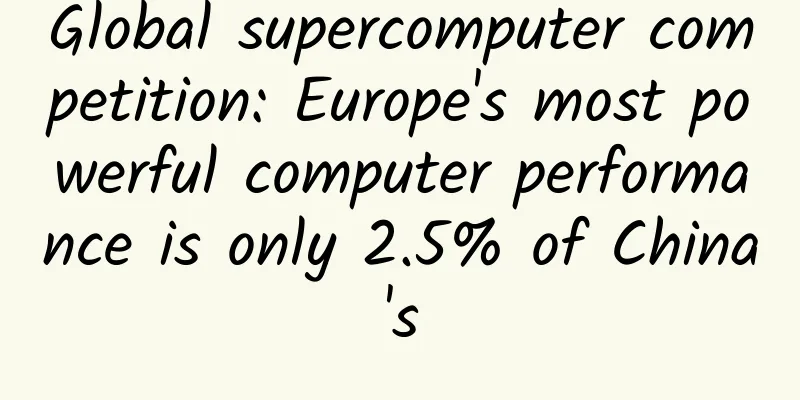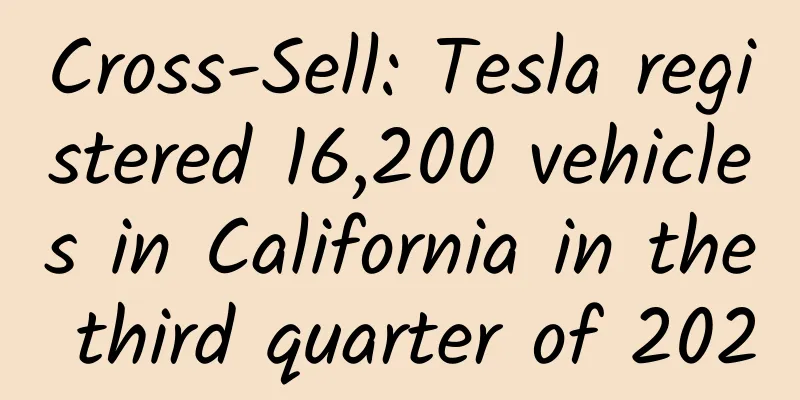One picture tells you: Which generation of Android system is stronger?

|
When Google released Android 1.5, it started naming it after desserts, and the size of the desserts that represented each version became larger and larger. Google released Android 5.0 Lollipop in mid-October 2014. As of early January 2015, it has been more than a month since the release of Lollipop. How is the performance now? According to Google's official data, as of early January 2015, there are almost no people using Lollipop. It has almost no market share among all Android devices, with a market share of less than 0.1%, as shown in the figure below, which is so small that it is almost invisible. One picture tells you: Which generation of Android system is stronger? Currently, most users still use the Android Jelly Bean system, which has a total market share of 46%, of which Android 4.1 accounts for 19.2%, 4.2 accounts for 20.3%, and 4.3 accounts for 6.5%. The second place is the previous version of "Lollipop", namely Android 4.4 KitKat (KitKat Chocolate), with a market share of 39.1%. It is worth mentioning that 4.4 successfully broke through the 1.1% share within one month after its official release. The market shares of the remaining Android versions are: Android 2.3 Gingerbread (7.8%), Android 4.0 Ice Cream Sandwich (6.7%), and Android 2.2/2.2.1 Froyo (0.4%). This also shows that Android is still facing the problem of version fragmentation, with multiple versions of the Android system being used by users at the same time. Although Google announced the developer preview version of Lollipop at the I/O Developer Conference on June 26 last year, companies such as Samsung, Motorola and LG have launched flagship models equipped with the Android 5.0 system, but the lagging system updates of other manufacturers have resulted in the "Lollipop" system being far from popular enough. For those who use Android, which system version are you using now? Attached are the names and release dates of several Android versions: Android 1.5 Cupcake 2009.4.30 Android 1.6 Donut (Donut) 2009.9.15 Android 2.0/2.0.1/2.1 Eclair (Muffin) 2009.10.26 Android 2.2/2.2.1 Froyo (frozen yogurt) 2010.5.20 Android 2.3 Gingerbread (Gingerbread) 2010.12.7 Android 3.0 Honeycomb 2011.2.2 Android 3.1 Honeycomb 2011.5.11 Android 3.2 Honeycomb 2011.7.13 Android 4.0 Ice Cream Sandwich (Ice Cream Sandwich) 2011.10.19 Android 4.1 Jelly Bean (Jelly Bean) 2012.6.28 Android 4.2 Jelly Bean (Jelly Bean) 2012.10.30 Android 4.3 Jelly Bean (Jelly Bean) 2013.7.25 Android 4.4 KitKat (KitKat Chocolate) 2013.11.01 Android 5.0 Lollipop (Lollipop) 2014.10.16 |
<<: Ten things you must know about the Windows 10 conference
>>: Android source code download: APP startup guide
Recommend
The secret of a hit product: creating influence
Creating product influence is not a one-day job. ...
A group of people are sitting in a small boat watching whales. Won’t the whales be annoyed?
With the relaxation of travel after the epidemic,...
How much does it cost to make a preschool education app in Alar?
How much does it cost to make a preschool educati...
Carrying the weight forward: the magical function of exoskeleton equipment
A normal adult has 206 bones in his body, and our...
iOS 10 Beta 3 released: lots of bug fixes
Early this morning, Apple pushed the iOS 10 Beta 3...
[Creative Cultivation Program] Geothermal Energy Exploitation: Digging deep into the earth to get thermal energy, is it reliable?
Author: Niu Mingmin Reviewed by: Zhang Yuxiu, Pro...
These 3 things are most likely to cause cardiac arrest! Huaxi doctors: Many people do them every day
How tiring is it to be a human heart? Not only do...
A relatively unpopular sideline project in a niche field. Someone made 35,000 in a month using Douyin + software
A relatively unpopular sideline project in a nich...
The college entrance examination papers were printed in prison? What happened? Revealed!
The annual college entrance examination kicked of...
Huawei's intelligent driving is installed in Toyota, and Nissan may follow closely. Honda is running out of time.
Toyota can't hold it back anymore. Recently, ...
Azhe Private Tutor 3.0 "I Know Women's Heart" Full Version
Introduction to Azhe Private Tutor 3.0 "I Kn...
How big is the pond? Scientists give the first accurate number
Almost everyone can identify a pond, but what exa...
LG's mobile phone business was liquidated after a huge loss of 29.5 billion. The next pit that LG will find difficult to escape may be the TV business.
After months of "rumors", the news that...
Moxtra Xu Congyi: "Geek" collaboration helps team growth and creates a one-stop communication experience
As we all know, cloud computing, big data, mobili...









